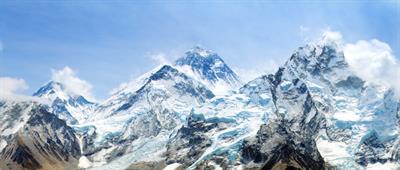
PUMPA - SMART LEARNING
எங்கள் ஆசிரியர்களுடன் 1-ஆன்-1 ஆலோசனை நேரத்தைப் பெறுங்கள். டாப்பர் ஆவதற்கு நாங்கள் பயிற்சி அளிப்போம்
Book Free Demo1. The Northern Lowlands
- The most extensive lowland in Asia: Siberian plain.
- It extends from the Ural Mountains in the west to the Verkhoyansk Range in the east.
2. The Central Highlands
- The central highlands stretches from Turkey to the Bering Strait.
- There are two knots found in Asia. They are:
- The Pamir Knot
- The Armenian Knot.
'Knot' refers to the convergence of mountain ranges
Ranges that radiate from pamir knot are:
- The Hindukush range
- The Sulaiman range
- The Himalayan range and
- The Tian Shan range
- Hindukush range continues westward as the Elburz
- The Sulaiman range continues south-west as the Zagros range.
- The Elburz and the Zagros converge at the Armenian knot.
- The Taurus and the Pontine ranges radiate from the Armenian knot.
- The other important mountain ranges are: The great Khingan, the Altai, the Verkoyansk and the Arakan yoma.

Himalayan mountain range:
- The Himalayan mountain range is thehighest mountain range in the world.
- The highest peak in the world: Mt. Everest (8848m), Asia.
- The lowest point in the world: Dead Sea, Asia.

Intermontane plateaus are found in these mountain ranges. The important plateaus are:
1. The plateau of Anatolia (Pontine to Taurus)
2. The plateau of Iran (Elburz to Zagros mt)
3. The plateau of Tibet (Kunlun to Himalayas)
2. The plateau of Iran (Elburz to Zagros mt)
3. The plateau of Tibet (Kunlun to Himalayas)
Intermontane plateaus are plateaus that are enclosed or surrounded by mountain ranges.
Pass | Location |
| Khyber Pass | Sulaiman range |
| Bolan Pass | Toba Kakar range |